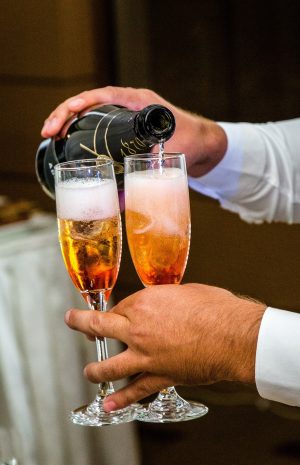
Champagne vs. British Sparkling Wine: Exploring the Similarities
Champagne has long been the gold standard of sparkling wines, synonymous with luxury, celebrations, and sophistication. However, British sparkling wine is quickly gaining recognition and respect on the global stage, often being compared to Champagne in terms of quality and character. Despite coming from different regions, Champagne and British sparkling wine share many similarities that contribute to their growing rivalry. Let’s delve into what makes these two sparkling wines so alike and why British bubbly is becoming a genuine competitor to its French counterpart.

Similar Climate and Terroir
One of the most striking similarities between Champagne and British sparkling wine is the climate and terroir where they are produced. The Champagne region in France and the southern counties of England, such as Sussex, Kent, and Hampshire, share a cool climate that is ideal for growing the classic grape varieties used in sparkling wine: Chardonnay, Pinot Noir, and Pinot Meunier.
The chalky soils of southern England are similar to those found in Champagne, providing excellent drainage and contributing to the distinctive minerality and crispness of the wines. This geological connection helps British sparkling wine achieve a flavour profile remarkably similar to Champagne, with bright acidity and complex layers.
Traditional Method of Production
Both Champagne and British sparkling wine are made using the traditional method, also known as the méthode champenoise. This process involves a second fermentation in the bottle, which creates the fine bubbles that are characteristic of high-quality sparkling wines.
During this second fermentation, the wine is aged on its lees (the dead yeast cells) for an extended period, often several years, which enhances the complexity, texture, and flavour of the wine. This method is labour-intensive and time-consuming but is crucial in developing the elegant mousse, toasty notes, and depth that are synonymous with both Champagne and British sparkling.
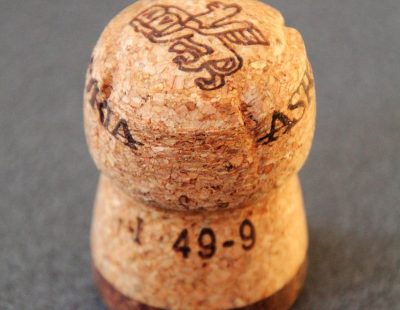
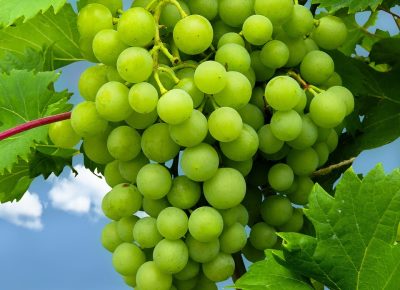
Grape Varieties
The primary grape varieties used in the production of Champagne are also the stars of British sparkling wine: Chardonnay, Pinot Noir, and Pinot Meunier. These three grapes are blended in various combinations to create different styles of sparkling wine, from the crisp and zesty Blanc de Blancs (made entirely from Chardonnay) to the richer, fuller-bodied Blanc de Noirs (made solely from Pinot Noir and/or Pinot Meunier).
The use of these classic Champagne varieties ensures that British sparkling wines have a familiar flavour profile that wine lovers recognise—think citrus, green apple, brioche, and subtle toasty notes—all hallmarks of quality sparkling wine.
Taste and Aroma Profiles
Both Champagne and British sparkling wine boast similar taste and aroma profiles, often displaying vibrant acidity, fresh citrus, green apple, and pear notes, combined with hints of brioche, toast, and almond from the extended ageing on the lees. The elegant mousse (the texture of the bubbles) in both wines is a testament to the traditional method of production, offering a smooth, creamy mouthfeel that is a joy to experience.
The influence of the cool climate in both regions contributes to a bright and refreshing character, with wines often displaying a refined balance between fruitiness and minerality. This shared flavour profile makes British bubbly an excellent, and sometimes more affordable, alternative to Champagne.

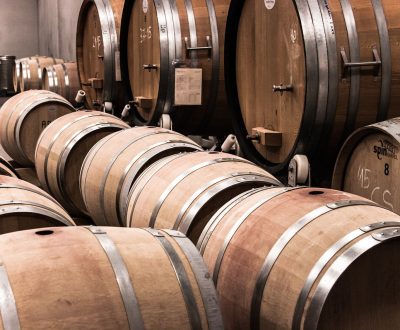
Focus on Quality and Craftsmanship
Both Champagne producers and British sparkling wine makers are dedicated to quality and craftsmanship, with a focus on hand-picking grapes, meticulous blending, and ageing. In recent years, British vineyards have invested heavily in winemaking facilities, vineyard management, and skilled personnel to produce wines that can stand shoulder-to-shoulder with the best Champagnes.
The emphasis on low yields and careful vineyard practices in both regions ensures that only the best grapes make it into the bottle, resulting in sparkling wines of exceptional quality. This commitment to excellence is reflected in the numerous awards and accolades that both Champagne and British bubbly continue to receive on the international stage.
Increasing Popularity and Prestige
While Champagne has centuries of history and prestige behind it, British sparkling wine is rapidly gaining popularity and respect. British sparkling wines have been blind-tasted against Champagne in numerous competitions and have frequently come out on top, surprising many with their quality and finesse.
Both styles are now seen at high-profile events and celebrations, from Royal weddings to international awards ceremonies, and they are often featured on the wine lists of prestigious restaurants and hotels. This growing recognition highlights the increasing prestige of British sparkling wine as a serious alternative to Champagne.
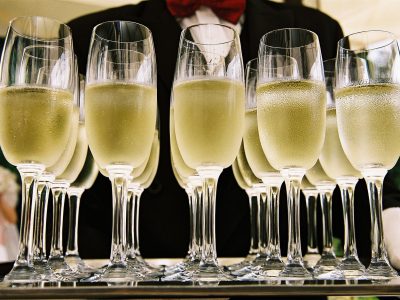
Conclusion
While Champagne will always be the iconic sparkling wine, British sparkling wine is no longer in its shadow. Thanks to similar climates, shared grape varieties, and the traditional method of production, British bubbly offers a comparable experience that is winning over wine lovers worldwide. As British vineyards continue to flourish, the similarities between these two styles only serve to enhance the reputation of both, proving that when it comes to sparkling wine, Britain has truly entered the race.
